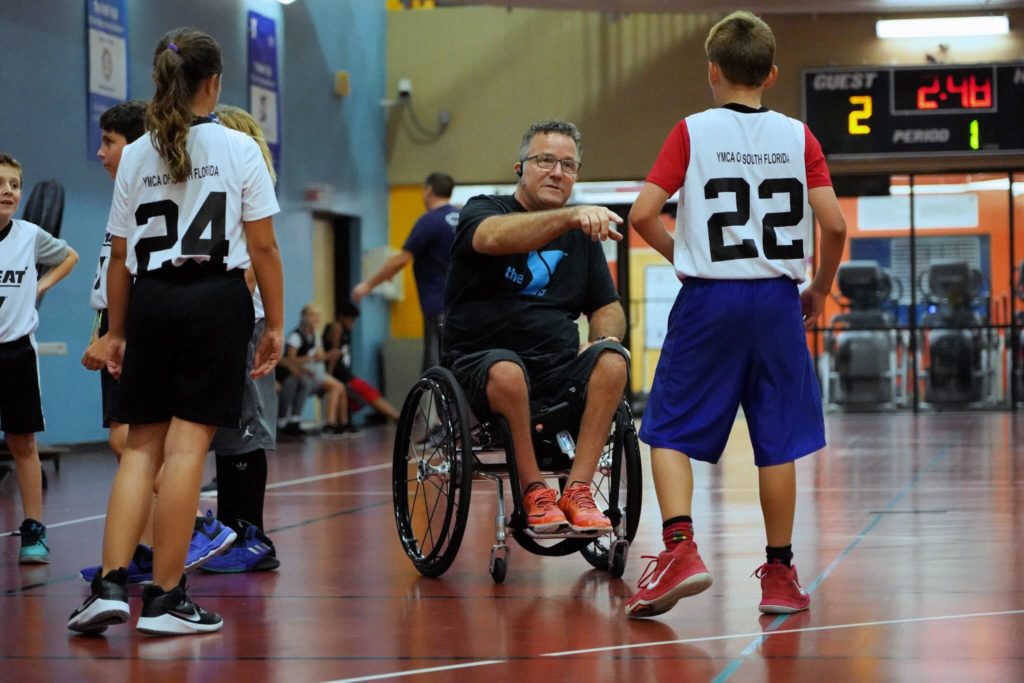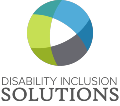Fitness centers across the U.S. have over 64 million members. And it’s not surprising. People increasingly attend fitness facilities to lead a healthy lifestyle, engage in physical activity, and foster social relationships. But poor accessibility prevents participation by many people with disabilities.

Thirty-one years after the passing of the Americans with Disabilities Act, too many fitness facilities lack accessibility. Cost is a factor for many, while others believe accessibility initiatives benefit only a small group. Yet, one facility that planned accessibility into their design from the start has quieted all of the objections.
The Mary Free Bed YMCA in Grand Rapids, Michigan, is a 36-acre complex designed with everyone in mind. Some of the facility’s universal design features include:
- A centrally-located ramp that serves as an architectural feature and a focal point
- Personal trainers with specialized training in disability awareness and fitness training
- Adapted spinning, yoga, and Pilates exercise classes
- A robust wheelchair sports program including organized team activities like basketball, rugby, and softball
- A wheelchair sports storage area
- Private locker rooms with a mat table
- Transfer benches in the pools
Initially, the management team at the Mary Free Bed YMCA simply set out to design a facility accessible for people with disabilities. But, the finished product turned out to be an inclusive environment that provides access to a greater number of people, including those with temporary, occasional, or age-related disabilities.
Of course, all these changes come at a cost. Right? One that you might think is too steep to enhance accessibility. Except that it’s not. The cost of universal design elements was approximately 1.70% of the total project. Not only was the cost not a barrier to completion, but the facility’s enhancements also created an increase in membership. The revenues from increased membership then allowed the facility to recoup its investment in approximately 1½ years.
The Mary Free Bed YMCA set out to improve accessibility and it ended up attracting more paying members, improving financial performance, and changing attitudes toward people with disabilities.
People with disabilities live at greater risk for health conditions. So, doesn’t it make sense for fitness facilities to employ universal design to improve accessibility to attract them? I’ve created a short but insightful quiz that can help you determine where you fall on the accessibility, inclusivity, and equality scale. Take it and find out how you rate.






0 Comments